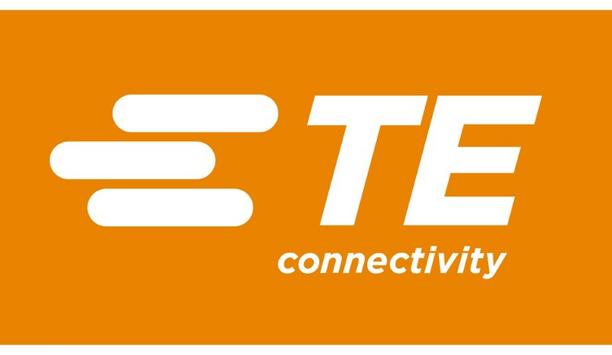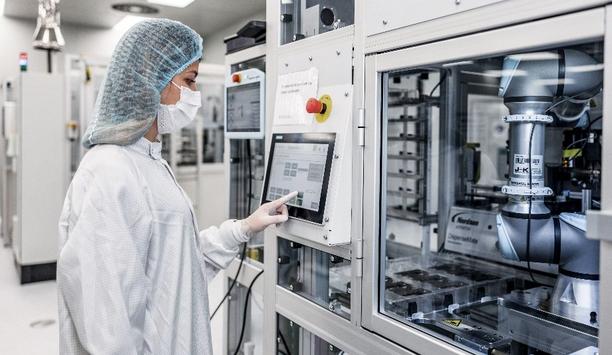Large power generators are often used to supply emergency power when the loss of utility power is not acceptable and can mean the difference between life and death. Using basic generator protection with a circuit breaker is simply inadequate and does not provide the full range of protection.
To ensure system reliability, prevent equipment damage, and avoid unnecessary repair costs, users should protect the generator against many of the most common problems, a list of which follows with recommended solutions.
Magnetic Core Saturation
Overexcitation occurs when the generator’s magnetic core becomes saturated. This results in stray flux being induced in nonlaminated components, causing equipment overheating.
Helios Electric recommends ANSI-24 protection using appropriate sensing instruments.
Voltage-Restrained Overcurrent Conditions
Uncleared system-side faults and severe faults close to the generator terminals can result in a significant voltage drop
Uncleared system-side faults and severe faults close to the generator terminals can result in a significant voltage drop and a rapid decrease in output current that could fall below the rated load current.
Such a condition can often go undetected using conventional means. Helios Electric recommends ANSI-51V protection using appropriate sensing instruments.
Phase Unbalance & Negative Sequence Conditions
Negative-sequence current can be brought about due to unbalanced loads or unbalanced system faults.
Negative-sequence currents rotate in the opposite direction of the power system, inducing a double-frequency surface current on the rotor, which can cause dangerously high equipment temperatures. Helios Electric recommends ANSI-46 protection using appropriate sensing devices.
Loss of Prime Mover
Reverse power protection can be used to detect the loss of a generator's prime mover. If the energy supplied by the prime mover is cut off while the generator is online, the generator will start to act as a synchronous motor, causing damage to the prime mover.
Helios Electric recommends ANSI-32R protection with appropriate sensing logic.
Loss of Excitation
Loss of excitation current causes the synchronous generator to act as an induction generator
Loss of excitation current causes the synchronous generator to act as an induction generator causing rotor speed increase, active power output decrease, and the absorption of VARS from the supply system.
High currents are induced in the rotor and stator, and these high currents cause dangerous overheating in a very short time. Helios Electric recommends ANSI-40 protection with appropriate instrument devices.
Rotor Damage
Inadvertent energization can cause the generator to be energized from the supply side by an incorrectly closed circuit breaker while the generator is out of service.
Under this condition, the generator acts as an induction motor via the inadvertent current supply, inducing damaging high currents in the rotor. Helios Electric recommends ANSI-50/27 protection using appropriate sensing logic.
Stator Coil Damage
Differential protection provides protection for internal faults within the stator windings of the generator’s alternator.
An internal stator fault, unless quickly cleared by the protection system, can cause coil damage that necessitates complete equipment rehabilitation and rewinding. Helios Electric recommends ANSI-87 protection using current-differential sensing.
Stator Iron Core Damage
A restricted earth fault can cause damage to the stator iron core laminations
Restricted earth fault protection provides sensitive protection against ground faults within the generator windings. A restricted earth fault can cause damage to the stator iron core laminations of the generator’s alternator.
Helios Electric recommends ANSI-87G protection to monitor zero-sequence currents via specialized sensing elements.
Shaft Torque Stress Damage
An out-of-step condition can occur when the generator loses synchronization with a collapsing electrical utility supply system. Such a condition results in damaging high peak currents, winding stresses, and high shaft torques on the generator. Helios Electric recommends ANSI-78 protection using specialized instrument devices.
Protecting the electrical infrastructure makes financial and business sense. Large power generators are expensive and deserve to be protected as an investment, and in some cases, for the benefit of a critical process and life safety.






